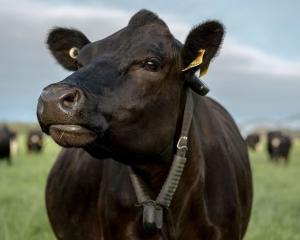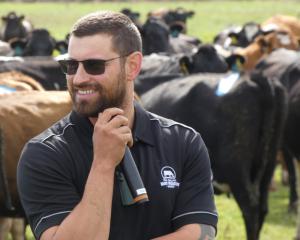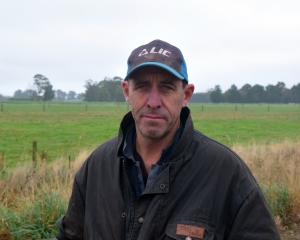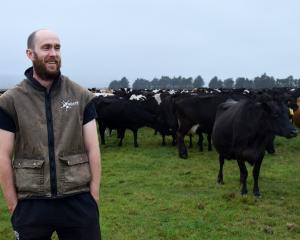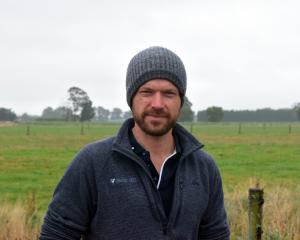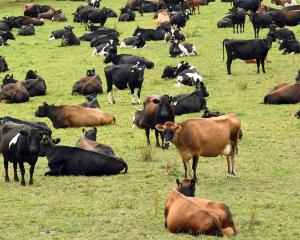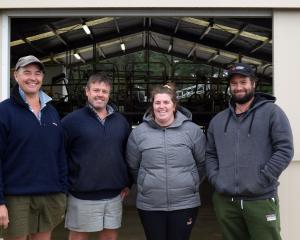
Last month, the Government and industry announced phased eradication of the disease would be attempted at a cost of $886million.
The Cabinet paper that helped the Government make that decision has been released by the Ministry for Primary Industries (MPI).
The paper said four Tag members no longer believed eradication was achievable and the remaining six differed in their views on when eradication would no longer be possible.
The latest stakeholder update showed there were now 43 confirmed infected properties and 72 under Restricted Place Notice.
A sheep and beef farm near Fairlie is the latest property to be confirmed as positive. Late last week, four South Island farms were confirmed - a beef farm at Tapanui with about 1000 animals, a beef farm at Invercargill with 25 calves, a drystock beef farm at Waimate with 1339 animals and a drystock sheep and beef farm at Darfield with 370 calves. All were connected to known infected properties through animal movements.
The paper said farmer welfare was ''of real concern''. Farmers affected by movement controls on their properties had increasing welfare needs.
In the most acute cases, mental health impacts were concerning and there was an ongoing risk of a farmer self-harming ''or worse''.
Affected farmers were living with ongoing uncertainty and loss of income, affecting farm management decisions and the impact of biosecurity controls on day-to-day farm practice.
They were also facing the need to rebuild their businesses, in some cases facing losses of generational effort to build herd bloodlines.
Farmers next to an infected farm, or a farm under investigation, were understandably anxious about the risk to their herds. Impacts could also be expected in farm families, communities and farm support businesses.
Phased eradication was not without risk. If eradication failed, additional response costs would have been incurred and there would still be costs associated with then moving to long-term management.
Many more farms would have been subjected to regulatory/movement controls and more herds culled with associated impacts on farmers.
Internationally, Mycoplasma bovis was present in all cattle farming countries but information and data on the scale of the problem in other countries was limited, as the disease was not often monitored at national level.
In Britain the disease was first recognised in the 1970s and in Ireland in the 1990s. In both countries, the disease was first seen on dairy farms with outbreaks of mastitis and severe arthritis in adult cows, and calf disease.
Over time, the disease became endemic and fewer such outbreaks were seen. However, the incidence of Mycoplasma bovis-related pneumonia was rising in those countries, particularly in housed animals, and there were increasing reports of ear infections in calves.
UK studies showed dairy herds with more than 500 animals were at higher risk of experiencing outbreaks of severe mastitis than smaller herds.
In Ireland, Mycoplasma bovis mastitis caused greater problems in herds that were expanding in size and on farms buying in large number of animals.
That had also been reported from Australia, where risk factors for severe disease in dairy herds were large farm size and herds within multiple farm enterprises.
The current pattern of disease in New Zealand followed that trend, with the worst disease seen within two herds of more than 1000 animals that were part of a multiple farm enterprise, the paper said.
The disease response raised two key issues about how biosecurity responses were funded - how to manage the substantial and unpredictable fiscal impacts of large biosecurity responses, and how to ensure industries that benefited from responses made a fair contribution to the costs of the response.
MPI had been asked to consider an alternative approach to response funding, which would involve building up a contingency fund in advance of an event.
That would follow the same broad approach as the funding model for natural disasters or insurance schemes.



